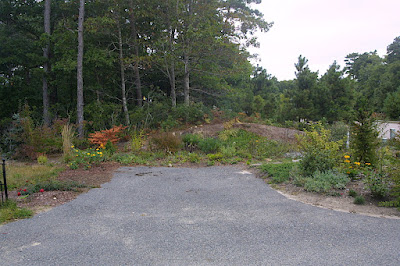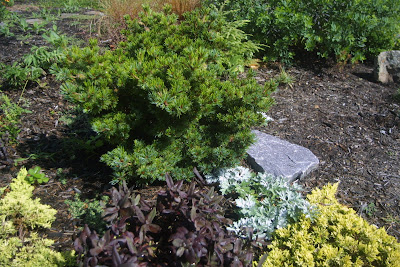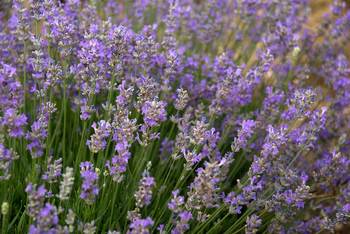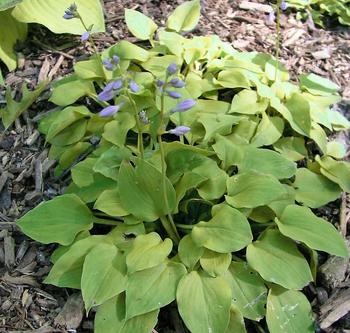
Just to the left of my shady front door, I am creating an Obama garden with a black and white theme. I don't mean to reduce our 44th president to a color scheme, but I was inspired by a pairing of a black and a white tulip presented in a White Flower Farm catalog. The picture and description were dramatic, so I thought why not extend the thought to a garden, and the name seemed appropriate. I'm pretty happy with the results. The space is fairly small and I have a collection of brightly colored annuals in pots closer to the front door, so the lack of color doesn't leave an empty

space in the garden when viewed from a distance. This is what I had feared when I first started thinking about the garden. From close up, I think some of the combinations are interesting, though I am still working on finding just the right pieces to fit together. Close to the porch from left to right are a Camaecyparis obtusa 'Gracilis', Oak-leaf Hydrangea, a Red-leafed Barberry, and a China Girl Holly. Just at the left of the picture is a Cornus Controversa Variegata which marks the start of the Obama garden. When the Sweet Woodruff

was in bloom in the spring, it worked well with the Trifolium repens 'Dark Dancer' and Ophiopogon planiscapus 'Nigrescens' (Black Mondo grass). Since I put it in the ground a year ago, the clump of mondo grass hasn't grown much, but it has put off lots of babies. A few I moved over near the Hosta 'Fire and Ice', Tiarella 'Pirate's Patch', and an unknown dark Heuchera, possibly 'Plum Pudding'. This, I think, is another nice Obama garden snapshot. Other plants in this garden are: white bleeding heart and astilbe, 'Maureen' tulips, 'Brise d'Anjou' Polemonium with striking

foliage, Brass Buttons 'Platt's Black' between the stepping stones, and Columbine 'Black Bart' with the dogwood in the background. I think the space needs some white flowers blooming now, so I have been looking into some of the fall blooming Anemones or Chelones both of which look very interesting. This is a young garden with lots of filling in to do. And none of the combinations are as striking as the clean lines of the black and white tulips that were the inspiration for this garden, but it's fun seeing what I can find that works with the limits I've given to this space.








































